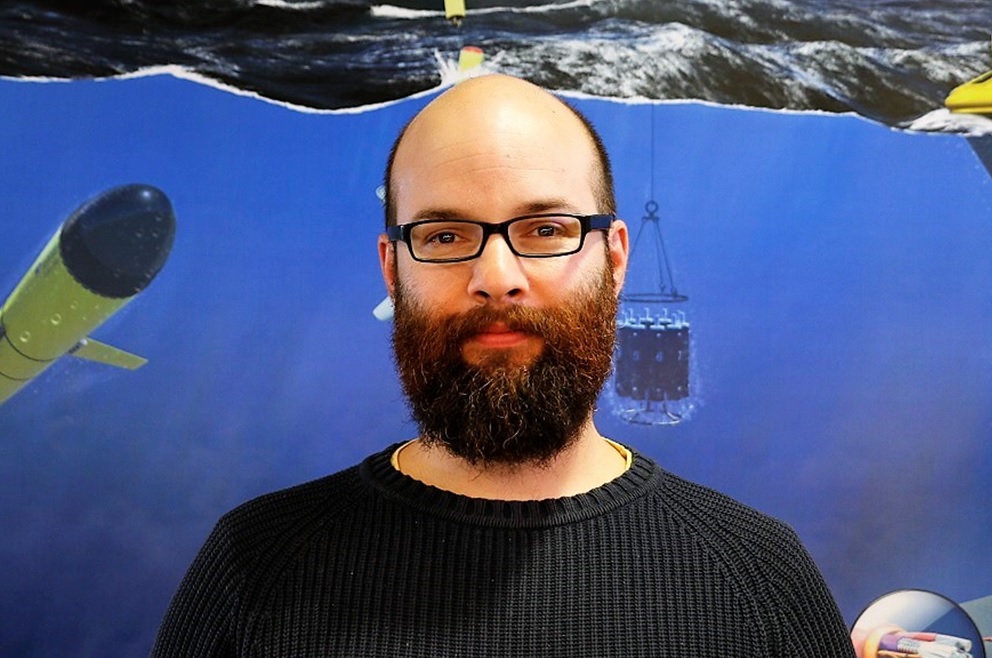A unique entry point to facilitate virtual access to coastal ocean resources within the JERICO-S3 project
Since February 2020, a total of 39 partners in 16 countries are working together to provide powerful and structured services to observe and monitor the complex marine coastal seas within the Horizon 2020 project JERICO-S3 (Joint European Research Infrastructure of Coastal Observatories). Among its objectives, JERICO-S3 aims to facilitate virtual access to coastal ocean resources by providing a unique entry point for better discover them. Thus, reinforcing the whole coastal ocean value chain: from science to society. Here is where the Balearic Islands Coastal Observing and Forecasting System (SOCIB) comes into play delivering scientific excellence with impact on society by leading JERICO-S3 virtual access improvement. More than 10 years of experience in providing virtual access and services to the scientific community, policymakers, environmental managers, industry, stakeholders, and the wider public, support it.
Juan Gabriel Fernández, head of SOCIB Data Centre, is working on JERICO-S3 virtual access improvement and we went along to meet him to know more about his work. He shares the advancements on the provision and facilitation of centralized access to JERICO-S3 Research Infrastructure (JERICO-RI) resources, including data, products, or services, among others.

“First things, first”: What is meant by Virtual Access in the framework of the JERICO-S3 project and what are the different access modalities?
Virtual access basically means accessing any kind of resources online (i.e. using any kind of telecommunication network). A very straightforward example could be accessing a corporate website of any JERICO-S3 partner. In the EU Framework Programme for Research and Innovation (Horizon 2020), we can distinguish between two access modalities. One is virtual access and the other one is transnational access, which means accessing the physical part of the research infrastructure, including observing platforms, such as research vessels or gliders at SOCIB.
What is the main objective of the project in terms of virtual access?
We need to take into account that JERICO-S3 follows 2 previous EU funded projects: JERICO-FP7 (2011-2014) and JERICO-NEXT (2015-2019). Now, we are trying to improve the virtual access capabilities on the basis of the work done in the previous projects. Overall, our main aim is to facilitate this virtual access by providing an easy and unique point of access to JERICO-RI resources, including data, products, services, best practices, Virtual Research Environment (VRE) tools, platforms, e-libraries, and e-training modules. By doing this, we will reinforce the whole ocean observing value chain (from science to society).
In this regard, what work is being done at SOCIB?
SOCIB is leading JERICO-S3 virtual access improvement of around 20 partners. Each one of them provides a variety of virtual services, and we aim to define and establish a virtual access framework to allow scalability and discoverability of JERICO-S3 capabilities making use of the existing community resources, increasing scientific and societal impact in a long-term sustained RI. Furthermore, this virtual access framework implies the development of a JERICO-RI e-infrastructure (e-JERICO) supported by a virtual access portal to provide a central hub where users can individually discover and access the JERICO-RI resources and a set of pilot data-to-products thematic services for integrating and analysing multidisciplinary data.







